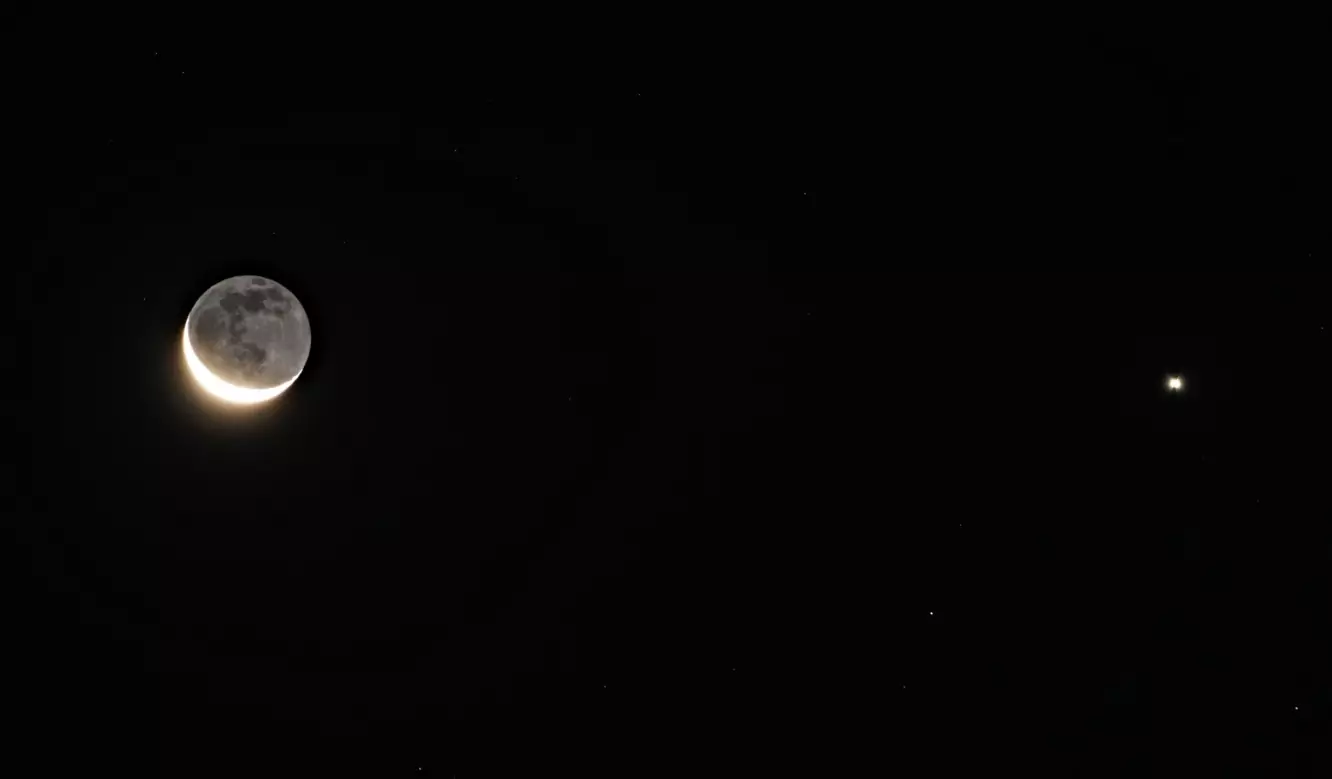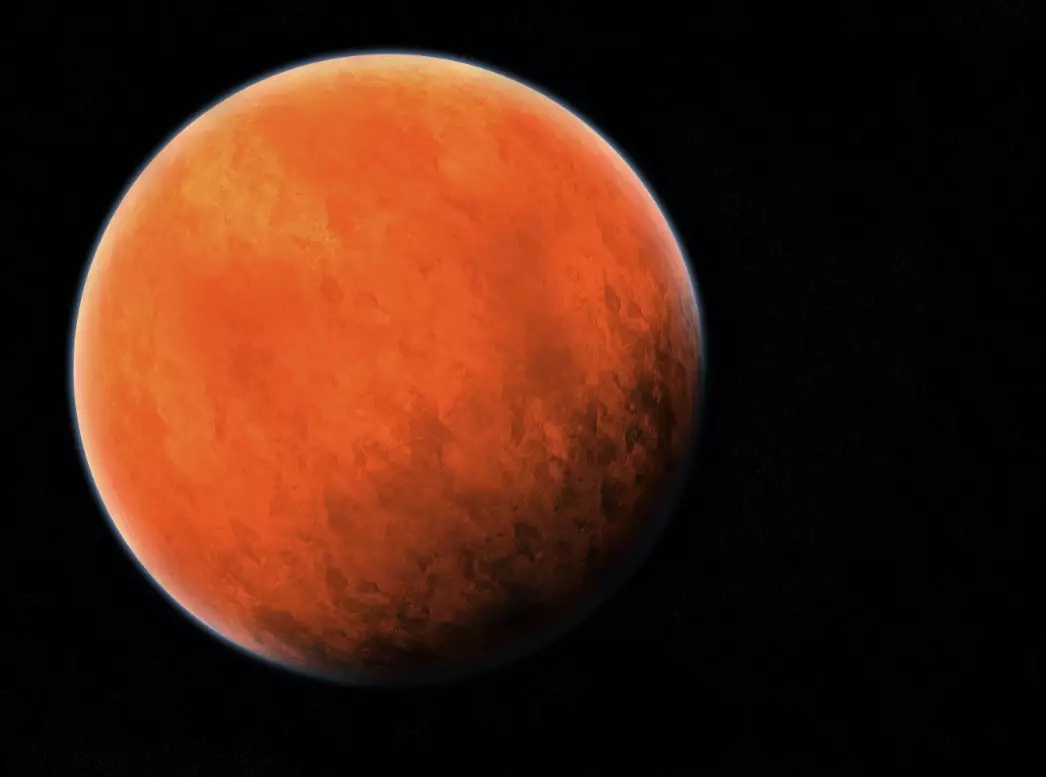
It's time for another spectacle from the skies this week, as all seven planets beyond Earth will be visible at some point.
Venus is due to be the brightest planet in the sky, but we'll also get a glimpse of Mercury, Mars, Jupiter and Saturn with the naked eye - while Neptune and Uranus will be visible if you've got a pair of binoculars or a telescope to hand.
As for when they'll all be best to see, Venus promises to provide a stunning display in the morning sky - and will do so for the rest of the year, as it happens, according to EarthSky.
Advert

Mercury will also be a bright planet in the morning sky, with EarthSky explaining: "Mercury showcases a fine morning apparition for the Northern Hemisphere during the first several weeks of November 2020."
Venus serves as your 'guide star' to Mercury, meaning you need to look for the brightest 'star' in the sky before looking downwards, closer to the horizon - with EarthSky advising you to observe the waning crescent moon in the morning sky accompanied by Venus and Mercury around 12 and 13 November.
Advert
Mars has been pretty visible in the night sky from last month, having been particularly clear in the evenings since Halloween. Simply look up and keep an eye out for the prominent, bright reddish star, as this will most likely be Mars.

As for Saturn and Jupiter, they'll also be visible in the evenings this month as they edge closer together ahead of their great conjunction in December - something that only happens to these two worlds every 20 years.
This year's promises to be the closest they've come in the night's sky since 1623.
Advert
"Watch for the moon in the neighborhood of Jupiter and Saturn for several days, centered on or near November 19," EarthSky says.
At the end of this week, you can see Uranus - which appears blue-green. It's slightly larger and brighter during early November in late evenings, according to Yahoo.
Neptune will also be in a good position for observing in the evening sky this month, though as previously mentioned you'll need a good telescope or pair of binoculars to view it clearly.
To find out more about when and how to view each planet, check out EarthSky and Space.com.
Featured Image Credit: PA